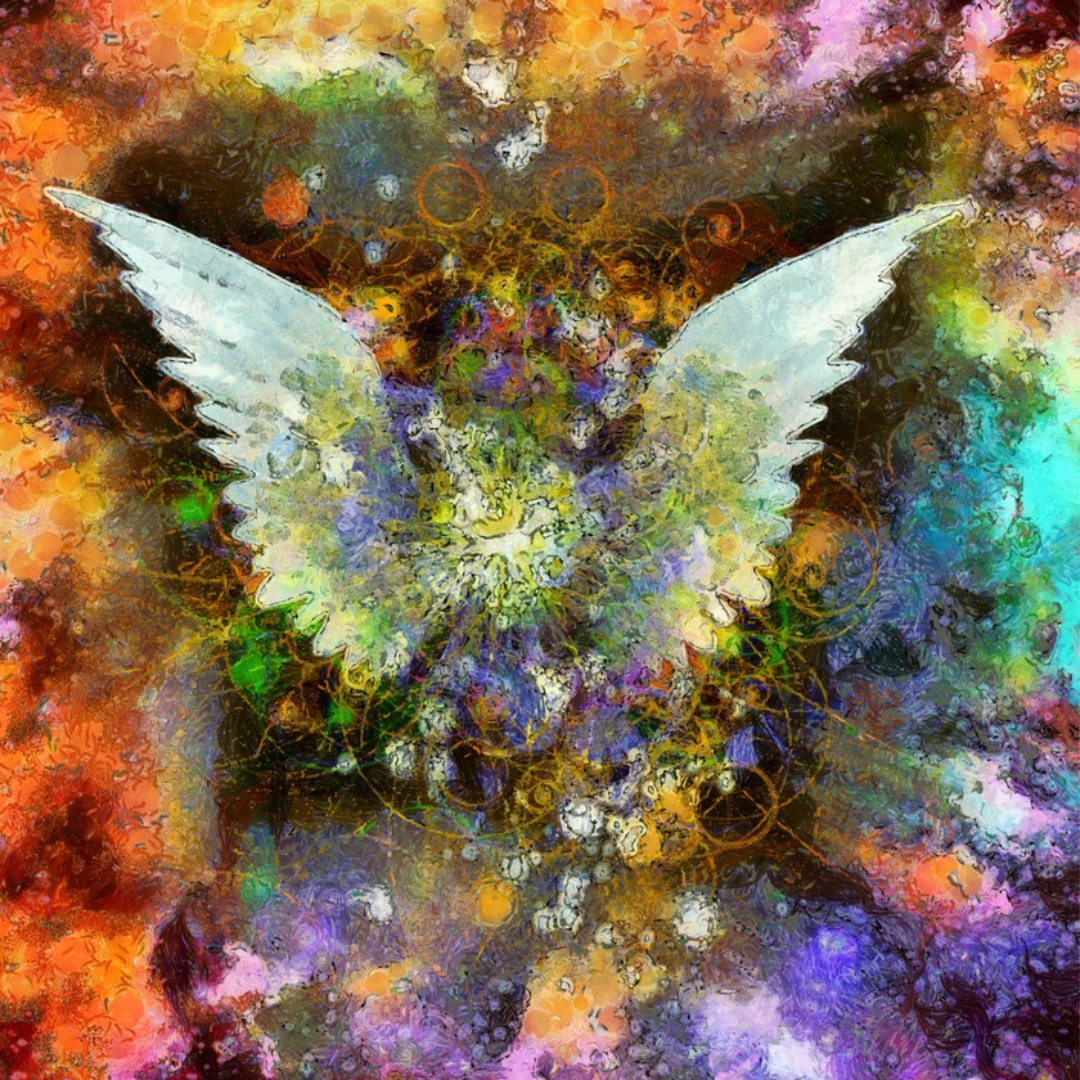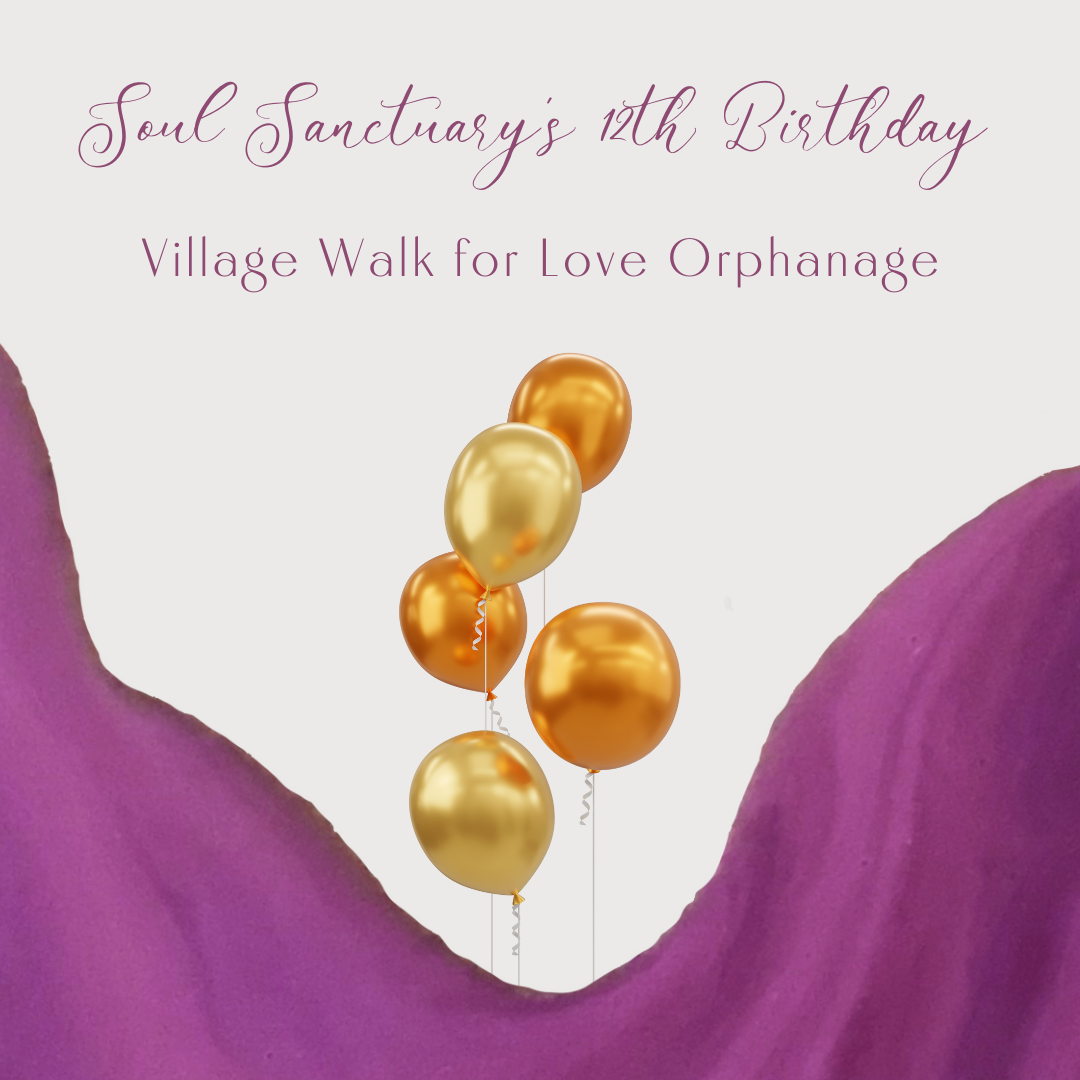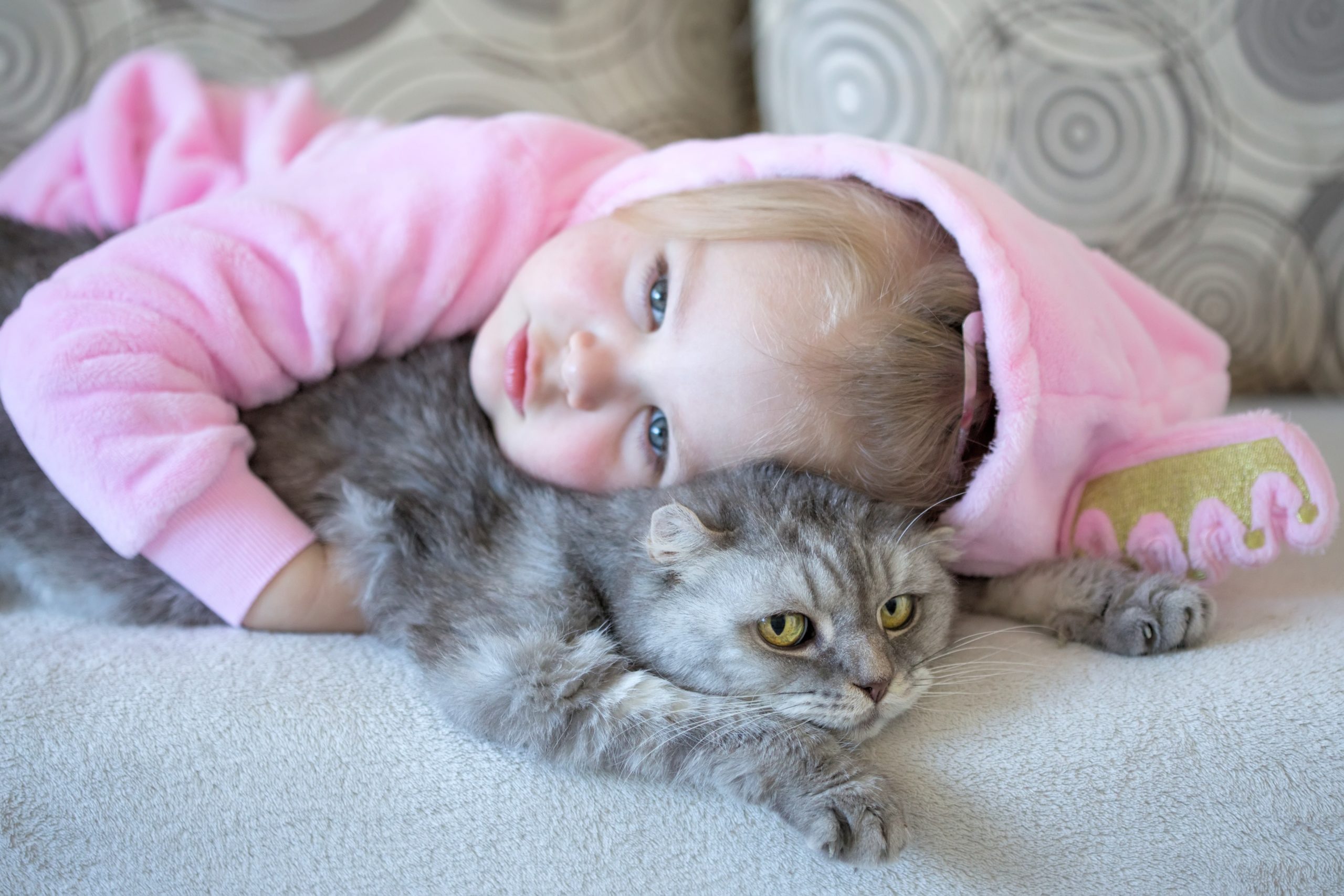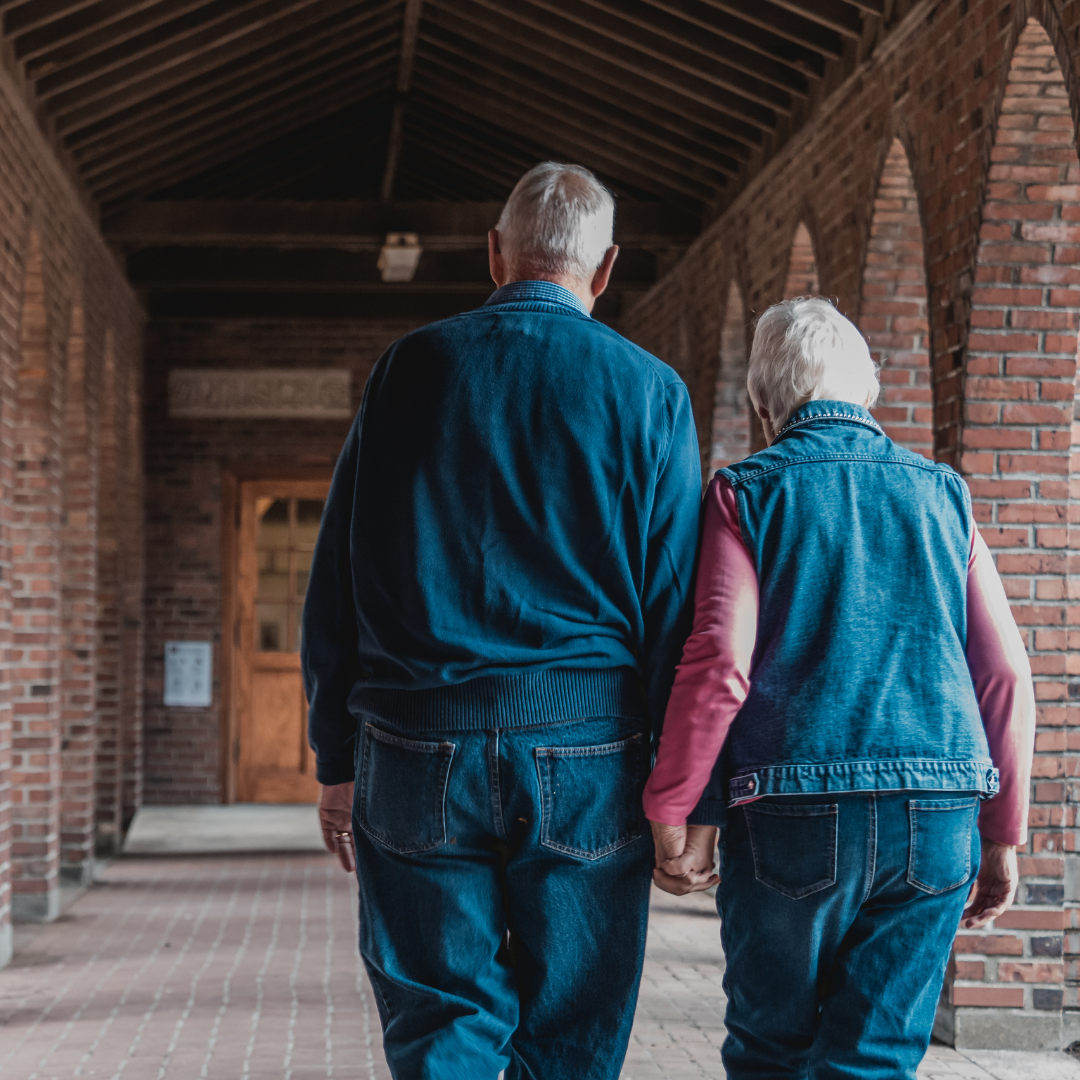I’m Thinking in an Irish Accent
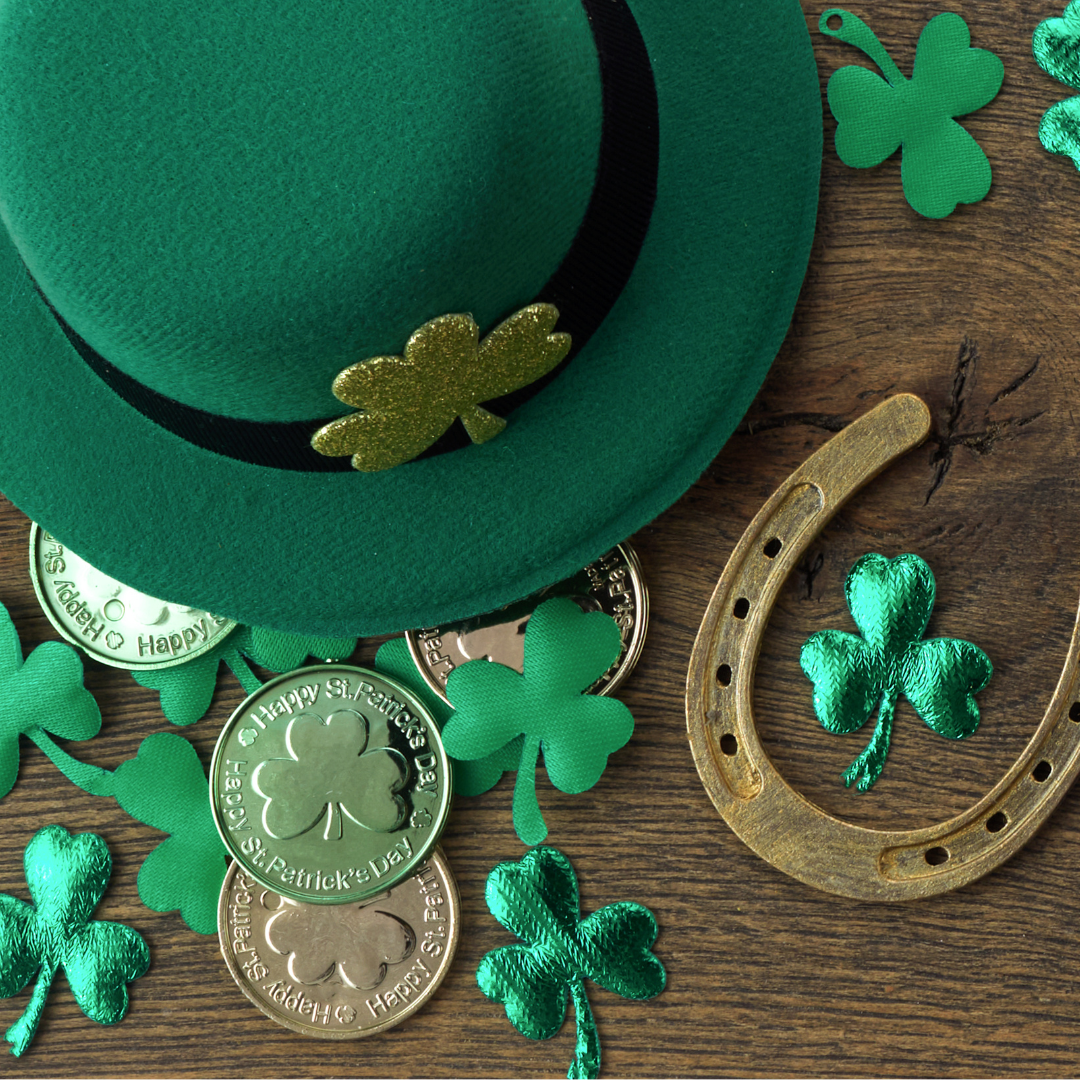
It began quietly enough. Making my protein shake one morning, I noticed my thoughts had an accent.
That was certainly different, so it got my attention. I tuned in to listen to the inner mental dialogue I normally ignore as drivel. To be sure, it was still drivel, but all the more entertaining with different lingo and a new take on profanity. Although the dialogue was silly nonsense, it had some entertaining visuals.
That’s how my husband found me in my kitchen. Cracking myself up and mumbling about some shite nonsense.
I blame it on the Derry Girls. All 5 of them, boy included.
I’m not particularly Irish myself. Despite my very Irish surnames on both sides of my family. I blame that distancing from my heritage on my Mother and those felt shamrocks she pinned to my knee socks on St. Patrick’s day. Dressed head to toe in green, I’m not sure why I needed to adorn myself further. I think it was an Irish thing.
It wasn’t until 7th grade that I finally figured out that since they were attached by safety pins, those damn shamrocks could be easily unattached as soon as I was out of sight of my house. I was a bit slow in those days.
If only I hung out with the Derry girls, I’d have quickly tossed those shamrocks as I engaged in any manner of shenanigans.
It wasn’t until season 3 of this Netflix series that I realized I was watching a Seinfeld like show, albeit in a little town in Ireland. A cast of “characters” (adults included), plenty of ridiculousness, no one learning from the lessons they encountered, clever story lines, and the occasional poignancy depicted within friendships, insecurities, and the Troubles.
Reflecting upon how easily this Derry girl thinking had infiltrated my psyche, I realized how influenced you and I truly are.
Beyond the influence of society via film, stories, media, institutional training, and cultural lore, there is family. The stories you’ve lived with your family of origin and the stories you’ve carried.
Some may be obvious, yet most are subtle, buried deep within your physicality, energetics, and psyche.
You are living the stories of your ancestors whether you notice them or not.
You can explore this via genetics, epigenetics, ancestral energetic influence, and inherited family trauma patterns.
I see these all the time in my work with Energy Medicine and the Andean Energy Medicine (Peru). Long gone ancestors have offered their unresolved issues down through the generations through many pathways.
Perhaps hoping one day a great great grandchild will work things out for the family.
Later that same day, I was engaged in a relatively mindless task and I wandered into a pictorial daydream. I was in my parents’ bedroom at the time my Mom was bed bound in hospice. I thought poignantly that my parents would’ve enjoyed the Derry Girls given their heritage and well oiled funny bones.
Next thing I know Mom and I were cracking up, tears running down our faces, about that Mother Mary statue episode.
That’s how my husband found me. Making a sign for a yard sale and laughing my ass off … in an Irish accent. While finding me like this isn’t a surprise, he wondered what it was this time that had me going on. I realized in the telling that I had entered a new level of connection with my Mom. We were both reminiscing about the episode we had “seen” and which, as usually happens, it became even funnier with the retelling.
After my gratitude and laughter subsided, I realized the time of year.
Here it was coming on Halloween (with many fond costume memories), all Saint’s Day (a time of honoring our family passed), the Day of the Dead (a time to honor the ancestors), and my Mom’s birthday. All happening the week after my yard sale where I was finally cleaning out things I “carried” home after cleaning out my family home a few years ago.
Ahhhh. I almost missed it. This clue to explore more of the subtle, pervasive influence that my family (recent and ancient) has had, and is having, on my current life.
I added some photos to my ancestor’s altar in my guest room. Including my husband’s family. Spend some moments in gratitude for our lineages who have given us so many gifts. Including the hidden kind that source our strength and fuel our stuck patterns. I’m grateful for the entertaining way this invitation came my way. And the new connections that arose as a result of engaging my inner Irish.
As I begin my excavation of these past familial influences, I’ll use the tools I already have developed.
Integrating the capacity to dialogue with aspects of the self and relatives long gone with the shamanic practices of tracking and journeying. Tuning into the mental, emotional, physical, and energetic patterns being played out in my daily life. All of this leading to the energetic clearing of those energy patterns which aren’t mine to carry. Honoring those who came before me, doing the best they could, while making the space for me to walk forward, doing the best I can. Cleaning things up for myself and for future generations.
If I may help you “clean up” your lineage and the energy you carry, please let me know.
There are so many avenues to do this work. Andean Energy Medicine. Heart Assisted Therapy. The Emotion and Body Code. AngelicEnergetics™. I use them all and likely will continue for as long as I’m breathing.
And if you’re watching Derry Girls, I suggest using subtitles. Unless you’re full blown Irish.
Peace be with you and with all. No exceptions.


HeartWarming
News
Many organizations are focused upon intergenerational healing and the importance of attending to 7 generations in both directions. Every culture in this war torn world of those who conquer has experienced attempted annihilation of peoples, cultural beliefs, religious practices, and traditions. Denying people their place, voice, and worth as equals in the human family. Healing of The Seven Generations is a Canadian organization focused upon healing the trauma of the impact of residential schools on the First Peoples and their descendants. One story. Replayed around the world throughout time. Whatever your ancestral story, let’s heal this within ourselves and the world.

